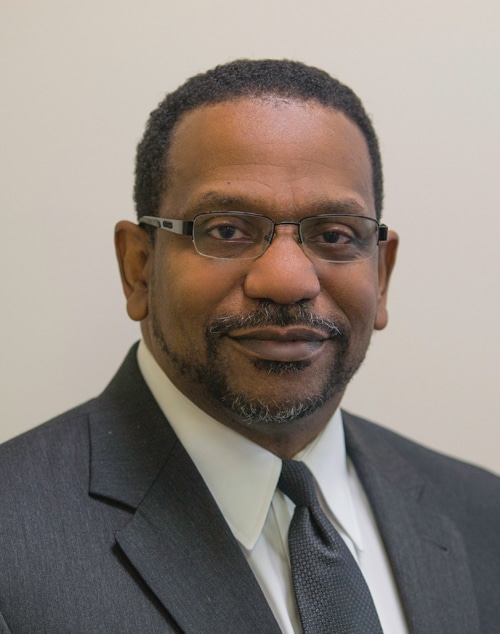
Metropolitan Pain and Spine
9501 Old Annapolis Road
Suite #305
Ellicott City, MD
443-367-0011

More Pain Management & Rehabilitation Articles
Degenerative Disc Disease – Pain Management
Degenerative disc disease can occur in any region of the spine; however, it most commonly occurs in the lumbar spine.Doctors are not sure of the exact cause of degenerative disc disease, but it appears that aging, trauma, and arthritis contribute to this condition.Doctors suspect that genetic, environmental, and autoimmune factors play a role as well.Additionally, lifestyle factors, such as smoking, or strenuous repetitive activities, such as gymnastics or lifting, may lead to degenerative disc disease.Degenerative disc disease develops most frequently in middle-aged or young adults with active lifestyles.
Physical changes in the disc occur with the natural aging process. With advancing age, discs lose water content and become narrower, less flexible, and less effective as cushions between the vertebrae.As a disc deteriorates, the outer layer can weaken and tear. Discs heal slowly, during which time new nerve endings may form in the torn area.Contact with the new nerve endings can cause irritation and pain.
A healthy disc acts as a cushion between the vertebrae. However, when a disc degenerates, painful bone on bone rubbing can occur.This can lead to changes in the spine structure that cause pain and impairs movement and function.
Without the protective disc, the spine can become structurally unstable and unable to tolerate stress, which may lead to other painful spine conditions including a herniated disc, spondylolisthesis, and spinal stenosis. A herniated disc occurs when the outer layer of the disc (annulus) ruptures and the inner contents (nucleus pulposus) comes out.Pain, irritation, and swelling results when the inner contents contact the spinal cord or spinal nerves.Spondylolisthesis is a spine condition that occurs when one vertebra shifts forward out of place. Spinal stenosis is a type of spine condition that results when the facet joints and ligaments enlarge, narrowing the space inside of the spinal canal.
Degenerative disc disease may or may not cause symptoms.If you have symptoms, pain in your neck or back may occur suddenly after an injury or start gradually and increase over time. Your pain may be so intense that it interferes with your daily activities.You may feel burning pain, pressure, numbness, weakness, or tingling. Sitting may make your symptoms increase, whereas lying down may help to relieve pain.
The majority of people with degenerative disc disease are treated with non-surgical methods aimed at pain relief and activity modification.Over-the-counter medication or prescription medication may be used to ease your pain. If your symptoms do not improve significantly with these medications, your doctor may inject your spine with corticosteroid medication to relieve pain at the source of the problem.
Non-surgical pain management treatments for degenerative disc disease are designed to relieve pain and restore function, but they cannot correct structural abnormalities in a disc or the spine.For some people, surgery may be recommended if non-surgical treatments do not provide relief or if there is considerable loss of function.Spinal fusion surgery is most frequently used for degenerative disc disease. Spinal fusion surgery involves removing the degenerative disc and securing the vertebrae together.
Spinal fusion and Laminectomy are frequently used for degenerative disc disease and herniated disc. Doctors may offer a minimally invasive alternative to traditional open spine surgery in appropriate candidates, which does not interfere with the ability to proceed with the performance of traditional open spine surgery if later needed.
Other Articles You May Find of Interest...
- Exploring the Causes and Effects of Dull Pain
- Relieving Discomfort: Effective Strategies for Gastrocnemius Muscle Pain
- What Causes Pain in the Left Side and When to Seek Help?
- Effective Strategies for Treating Knee Pain and Finding Relief
- Unlocking the Healing Power of Avocado Seeds for Joint Pain Relief
- Minimally Invasive Spine Surgery: Benefits, Drawbacks & Who Qualifies
- Unraveling the Connection Between Fatigue and Joint Pain: Causes and Solutions














